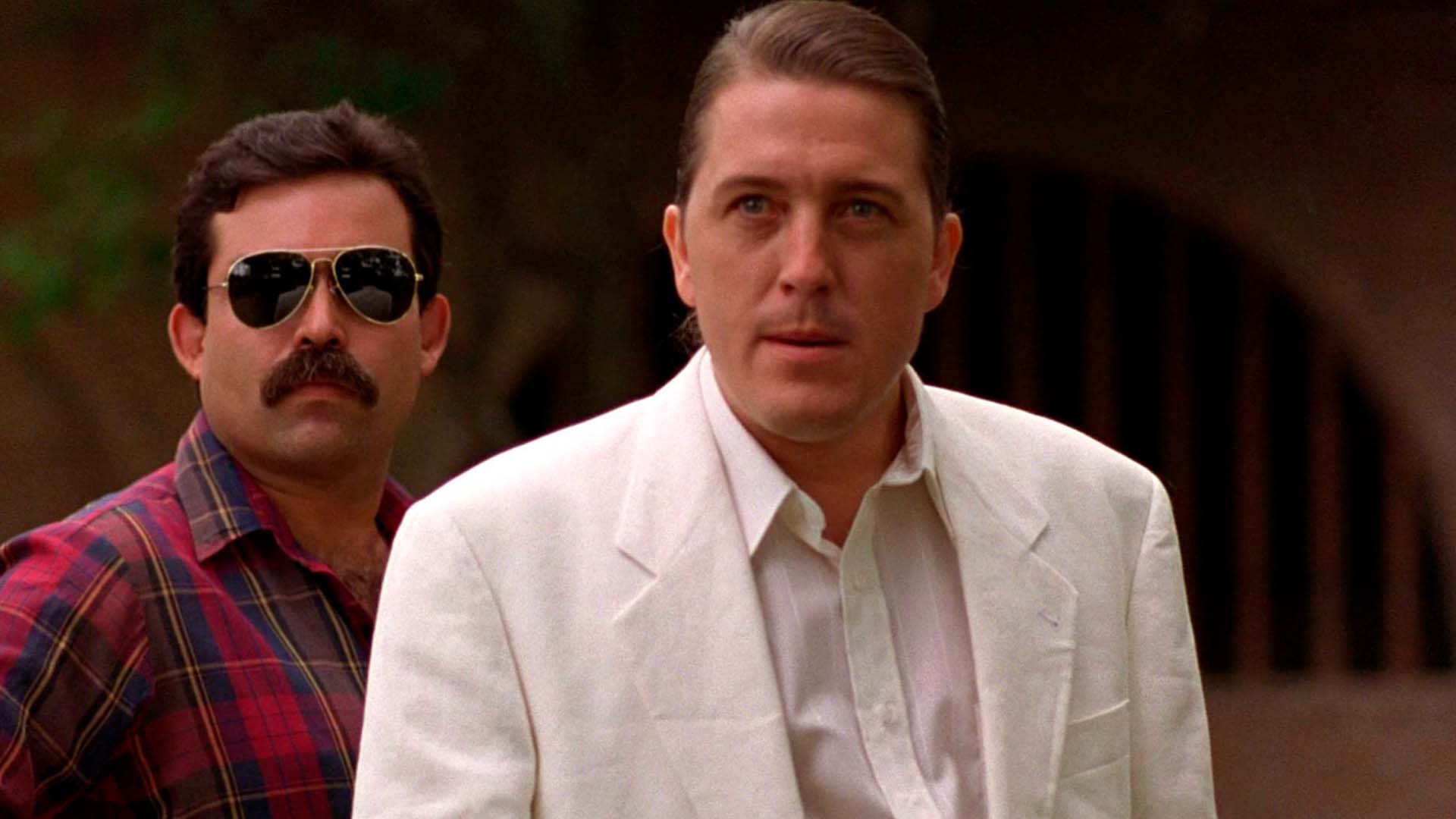Artistic vision on a budget: A guide to balancing creativity and finance
Balancing art and finance in film production is a challenge as old as cinema itself. How do you maintain your artistic vision while navigating financial constraints?


This intricate dance between creativity and budgeting is at the heart of filmmaking, often shaping the very outcome of the cinematic narrative.
Understanding the tension between art and finance in film production
The tension between artistic vision and financial constraints is intrinsic to the film industry. On one side, filmmakers strive to bring their unique creative visions to life; on the other, they must grapple with budgeting realities. Managing production costs without sacrificing creativity is a tightrope walk, often requiring savvy financial compromises and resource allocation.
How to make financial compromises
Crafting a cinematic masterpiece does not necessarily mean breaking the bank. Effective budgeting in film production involves making strategic decisions that align with your financial capabilities:
- Prioritize: Identify the elements crucial to your story and allocate resources accordingly. Sometimes, less is more.
- Innovate: Limited funding often breeds creativity. Use constraints to your advantage, coming up with inventive, low-cost solutions.
- Collaborate: Foster partnerships with like-minded individuals or companies who can provide in-kind support or lower costs.
- Plan meticulously: Use tools like Filmustage for precise script breakdown and shooting scheduling and to avoid unforeseen expenses.
Maintaining your creative vision despite budget constraints
Preserving creative integrity amidst budget constraints is all about adaptability. The key is not to view financial constraints as a limitation but as an opportunity for creative problem-solving. While the budget may dictate the resources at your disposal, it doesn't determine the quality of your storytelling or your ability to evoke emotions in your audience.
Case studies: Successful balancing of art and finance in films
Filmmaking history offers numerous examples of the successful balancing of art and finance. A stand-out example is Danny Boyle's "Slumdog Millionaire" (2008). Despite working within a relatively modest budget, Boyle managed to craft a compelling, visually striking narrative that garnered critical and commercial success worldwide. The film, while navigating financial constraints, didn't compromise Boyle's artistic vision and became a testament to the power of creative filmmaking.

Similarly, Robert Rodriguez's "El Mariachi" (1992) showcases the power of resourceful filmmaking. With a meager budget of $7,000, Rodriguez wrote, directed, produced, and edited this feature, showcasing that creativity can indeed thrive under financial constraints.

Conclusion
Balancing art and finance in film production is a challenging but necessary part of filmmaking. The essence lies in making financial compromises while maintaining artistic vision. A well-managed budget can even aid your creative process, compelling you to think outside the box and innovate. Remember, a film's worth is not determined by its budget but by its ability to resonate with its audience. Stay true to your artistic vision, embrace the constraints, and let your creativity shine through.
Filmustage is here to aid in your journey, providing tools that ensure financial realities do not compromise your creative integrity. After all, the magic of cinema lies in telling compelling stories, and that is something no budget can buy or limit.
From Breakdown to Budget in Clicks
Save time, cut costs, and let Filmustage’s AI handle the heavy lifting — all in a single day.